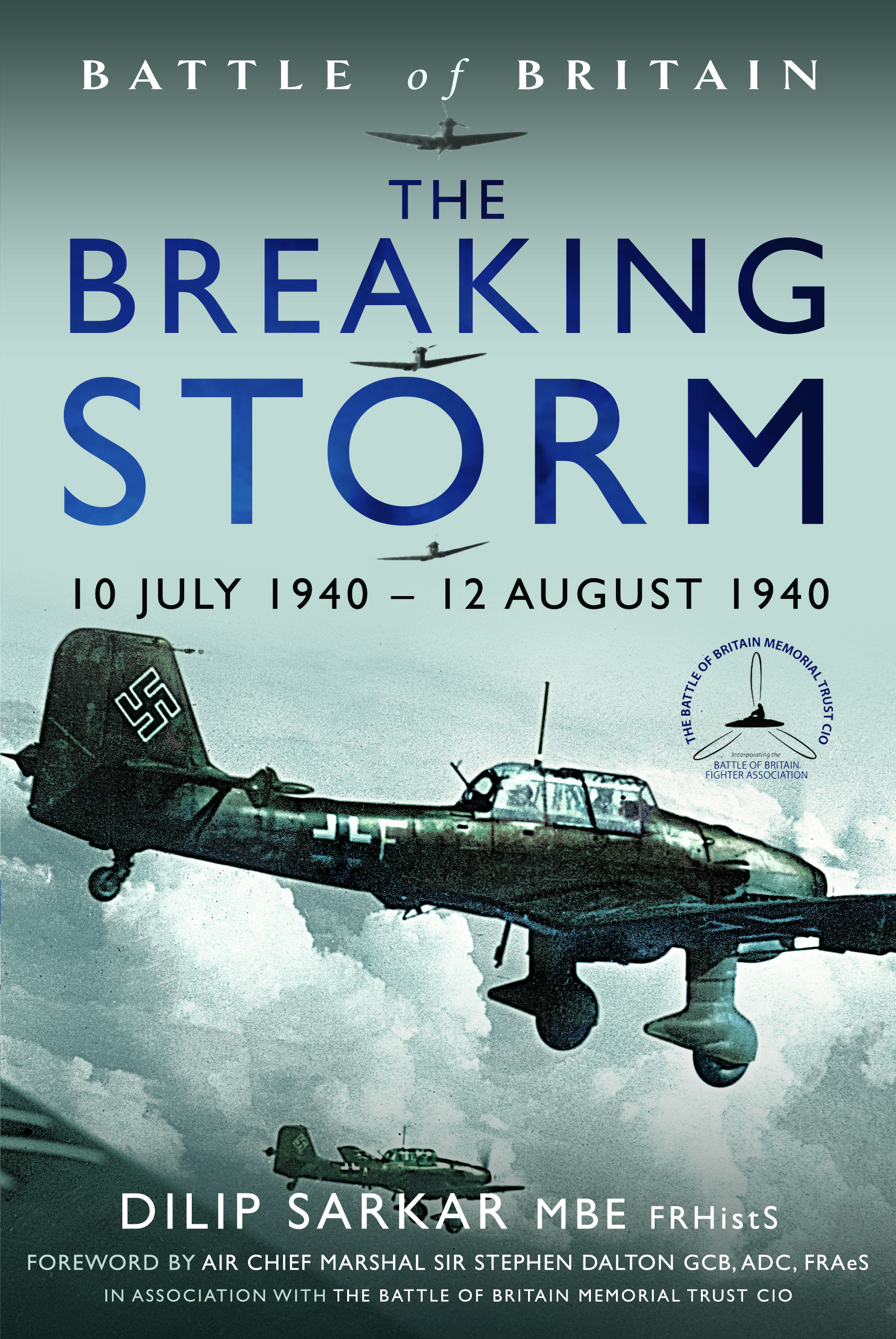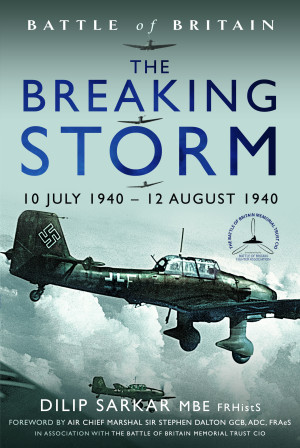Author Guest Post: Dilip Sarkar MBE
An Invasion of Britain
16 July 1940: Hitler’s Directive No.16

As dawn broke on the morning of Tuesday, 16 July 1940, fog enveloped much of northern France and south-east England. These conditions, from an air fighting perspective at least, severely curtailed operations, providing an opportunity for the day fighter squadrons, of both the RAF and Luftwaffe, to enjoy some rare off duty time. Nevertheless, 16 July was a date of enormous significance.
Having been assured by the likes of Reichsmarschall Hermann Göring that the Luftwaffe would prove victorious over the RAF, a conviction based in no small part on the successes that German pilots and aircrews had achieved so far in the war, Hitler had begun to devote more time to the question of invading Britain.
On 16 July 1940, Hitler, who was staying at the Berghof, his residence in the Obersalzberg of the Bavarian Alps near Berchtesgaden, signed off the latest of his Führerbefehle, or Führer Directives. These instructions and strategic plans could cover a wide range of subjects, from specific military operations through to the governance of occupied countries. In the eyes of the administration of the Third Reich these documents were completely binding and were to be enacted without question. They superseded any other law or ruling in place at the time. The subject of this new Führer Directive, in fact No.16, was the ‘preparations for a landing operation against England’.
‘Since England [sic], in spite of her hopeless military situation, shows no signs of being ready to come to an understanding,’ declared Hitler, ‘I have decided to prepare a landing operation against England and, if necessary, to carry it out. The aim of this operation will be to eliminate the English homeland as a base for the prosecution of the war against Germany and, if necessary, to occupy it completely … The landing will be in the form of a surprise crossing on a wide front from about Ramsgate to the area west of the Isle of Wight. Units of the Air Force will act as artillery, and units of the Navy as engineers.’
Hitler then outlined the conditions that needed to be met for the operation, which was codenamed Seelöwe (Sealion), to be possible: ‘(a) The English Air Force must be so reduced morally and physically that it is unable to deliver any significant attack against the German crossing; (b) Mine-free channels must be created; (c) The Dover Strait must be closely sealed off with minefields on both flanks; also the Western entrance to the Channel approximately on the line Alderney-Portland; (d) Strong forces of coastal artillery must command and protect the forward coastal area; and (e) It is desirable that the English Navy be tied down shortly before the crossing, both in the North Sea and in the Mediterranean (by the Italians).. For this purpose, we must attempt even now to damage English home-based naval forces by air and torpedo attack as far as possible.’
Despite the scale of the task that the planners at Oberkommando der Wehrmacht were presented with under this Directive, Hitler added that the ‘preparations for the entire operation must be completed by the middle of August’. Some have considered this a definite commitment to invade southern England ‘if necessary’, meaning that in the absence of the British accepting terms, with Hitler’s forthcoming Reichstag speech very much in mind, there would be no other means of eliminating the enemy.
That masterful Hitler biographer and scholar Ian Kershaw, however, interprets the use of such language as reflecting Hitler’s ‘half-heartedness’ towards the proposed invasion. The German historian Cajus Bekker, meanwhile, suggests that the dictator ‘may well have deliberately made his conditions difficult as to bar any landing at all, or at least to provide an excuse for cancelling Seelöwe, should one of them not be fulfilled’.
Nonetheless, as author Ronald Wheatley argues, ‘With the signing of this Directive the invasion plan became a serious and important element in Hitler’s strategy. No longer a tentative scheme, the landing was to be prepared as a major operation, ready for launching, if necessary, at the appointed time.’
Whatever the truth of it, the whole enterprise clearly hung on the Luftwaffe achieving aerial supremacy, which – in spite of Göring’s confidence – remained to be seen. So, if Britain still refused terms, now that Directive No.16 existed, there would come a time when either Seelöwe would go ahead – or be abandoned. Only time would tell, so these days in mid-July 1940 were pivotal to subsequent events.
Indeed, as I explore in Battle of Britain: The Breaking Storm, volume 2 in my seminal history of the events of the Battle of Britain, if we are to understand that the Battle of Britain revolved around a proposed German invasion, 16 July 1940 could arguably be a another contender for the aerial conflict’s start-date.




Dilip Sarkar MBE, FRHistS, FRAeS
Also see this podcast: https://youtu.be/x886K3z_biA?si=NU_wu0TZnz8p2Ln0

Order your copy here.
Dilip Sarkar’s YouTube Channel:
https://www.youtube.com/channel/UC-gHoncnHqdgIZ6xNfe4Chg
Dilip Sarkar’s Website: https://www.dilipsarkarmbe.com
Find Dilip Sarkar on Facebook: https://www.facebook.com/dilip.sarkar.35
The Battle of Britain Memorial Trust CIO: https://www.battleofbritainmemorial.org


